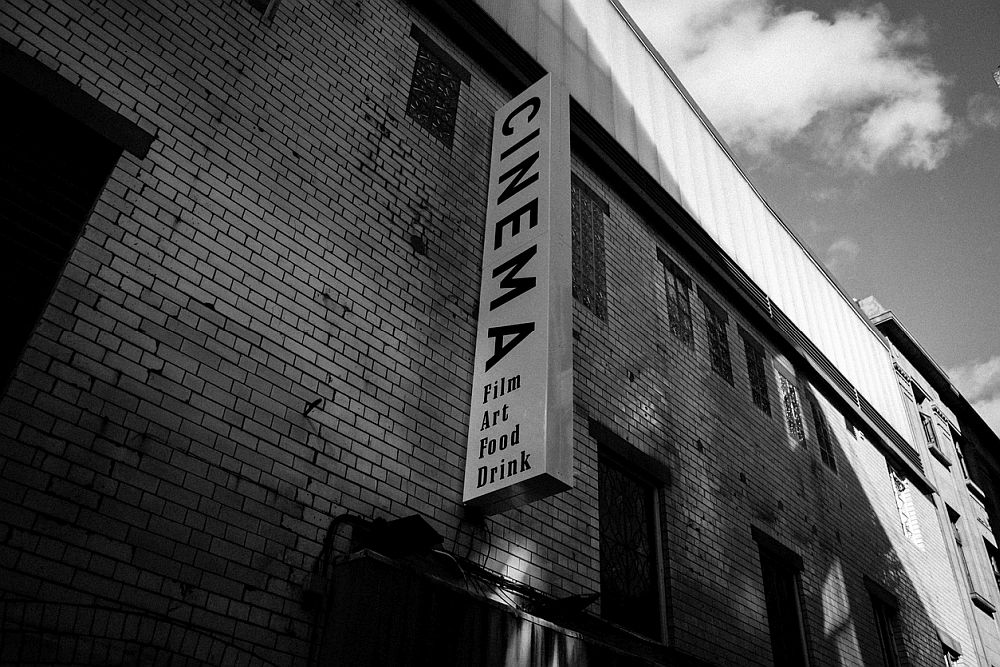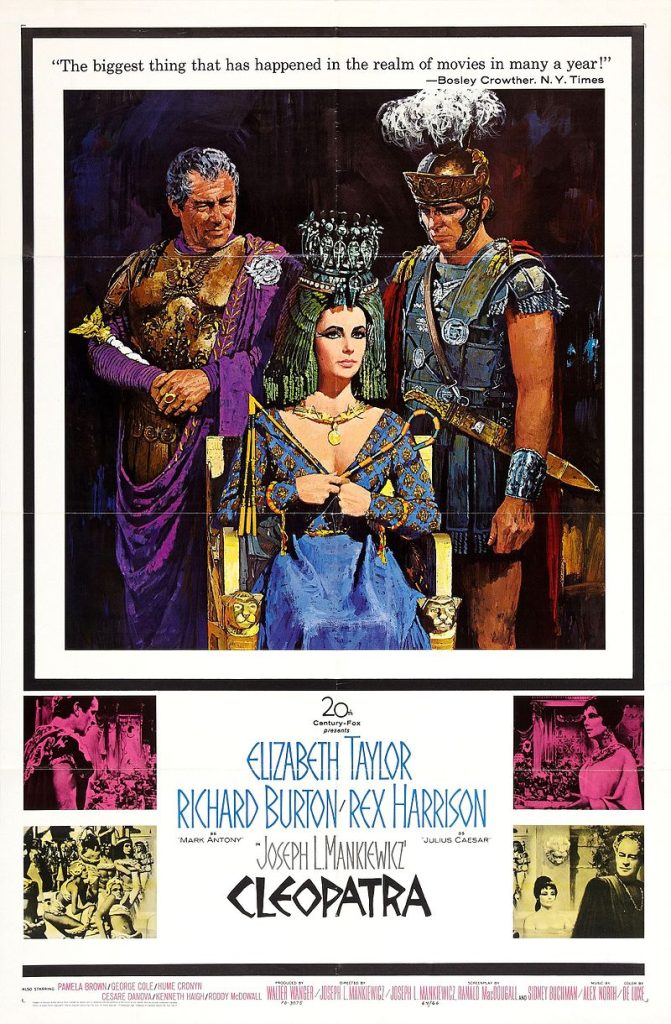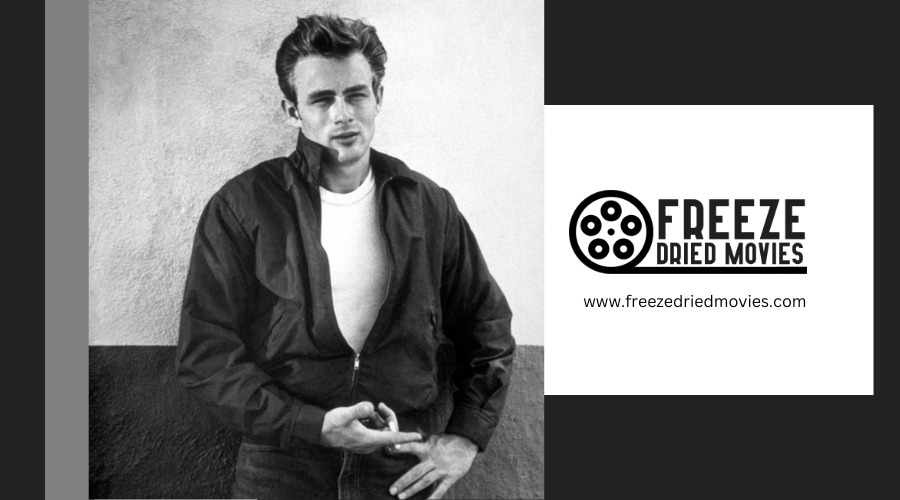How Long Were Movies in the 1960s?

Movies in the 1960s ran considerably longer than their predecessors, averaging 127 minutes compared to just 96 minutes in the 1930s. You'll find that television's rising popularity pushed studios to create grander, lengthier productions to lure audiences away from their home sets. Theaters adapted by adding intermissions and roadshow presentations to accommodate these epic runtimes. The dramatic shift in movie length reveals fascinating details about Hollywood's evolution during this pivotal decade.
The Rise of Epic Runtimes in 1960s Cinema
During the 1960s, movies underwent a dramatic change in length as studios fought to keep audiences engaged in the face of television's growing popularity. You'd find movie theaters showcasing films that were considerably longer than their predecessors, with average runtimes jumping from 96 minutes in the 1930s to 127 minutes by the 1960s.
The push for extended movie length came from several directions. Big-budget spectacles and musicals demanded more screen time, while the introduction of intermissions and roadshow presentations made three-hour epics more feasible for audiences. Studios believed longer runtimes would offer an experience television couldn't match.
Even mature content films accepted longer formats, though they faced scrutiny from the new rating system. The industry's financial challenges paradoxically led to more elaborate, lengthier productions as theaters sought to justify higher ticket prices. Directors like John Sturges and Howard Hawks embraced this trend, creating epic adventure films that demanded extensive running times to fully develop their complex narratives.

Social and Cultural Forces Behind Longer Movies
As television sets became commonplace in American homes, movie theaters altered their presentations into full-fledged social events. You'd find theaters competing with TV by offering spectacular productions that featured widescreen formats and multi-channel sound systems. The amount of time audiences spent at theaters increased markedly compared to years ago, with intermissions becoming a standard feature.
While the Catholic Legion of Decency's influence was waning, studios still needed to justify premium ticket prices. They did this by providing grand productions that transformed moviegoing into an extravagant occasion. Even when studios faced financial difficulties, they'd double down on lengthy, lavish features. Though some viewers found these extended runtimes indulgent, many welcomed the longer format as part of the cinema's special appeal that TV couldn't match. This theatrical evolution was reminiscent of the industry's earlier transformation when The Jazz Singer revolutionized cinema by introducing synchronized sound and dialogue in 1927.
Theater Operations and Extended Features
Movie theaters in the 1960s faced significant operational challenges when adapting to longer feature films. You'd think that showing fewer movies each day would mean less profit, but theaters found creative ways to make enough money while accommodating these extended runtimes.
To handle films that now averaged 127 minutes, theaters strategically restructured their daily schedules. They introduced intermissions, which served multiple purposes: giving viewers needed bathroom breaks, selling more concessions, and making longer showtimes more manageable for audiences.
While some viewers complained about the extended lengths, theaters balanced these concerns by carefully timing their showings. Movies would start at precisely calculated intervals, allowing them to maximize daily screenings while still providing the full cinematic experience that characterized this era of filmmaking.
This shift toward longer features was largely driven by competition from television, as theaters needed to offer experiences that home viewing couldn't match.
Television's Influence on Movie Duration
Why did films grow longer in the 1960s? Television's growing popularity forced movie studios to offer experiences you couldn't get at home. This competition would lead studios to create epic, large-scale productions that let audiences feel they were getting more value for their money.
Television's growing popularity forced movie studios to offer experiences you couldn't get at home. This competition would lead studios to create epic, large-scale productions that let audiences feel they were getting more value for their money.
Let's not forget that movie theaters had unique advantages over TV: spectacular widescreen formats, vivid color, and superior sound systems. Studios capitalized on these strengths by producing longer, grander films like Cleopatra. They also pushed boundaries with mature content that television wouldn't dare show, which contributed to extended running times.
These lengthy productions became part of the theater's arsenal against TV, offering audiences an immersive experience that lasted several hours and justified the price of admission over staying home to watch television.

Notable Long-Running Films of the Decade
During the 1960s, several landmark films pushed the boundaries of traditional running times, with epics like Lawrence of Arabia (216 minutes) and Cleopatra (248 minutes) leading the charge. You'll notice these movies used to run a lot longer than most recent films, often exceeding three hours to tell their grand stories.
Here are some notable extended runtimes from the decade:
- Cleopatra - 248 minutes (over 4 hours)
- Lawrence of Arabia - 216 minutes (3.6 hours)
- My Fair Lady - 170 minutes (nearly 3 hours)
Even The Sound of Music clocked in at 174 minutes, while Stanley Kubrick's 2001: A Space Odyssey was relatively shorter at 149 minutes. These expansive runtimes allowed filmmakers to develop complex narratives and showcase spectacular production values in ways that shorter films couldn't achieve.
Impact of Production Costs on Movie Length
The massive production costs of 1960s cinema directly influenced film lengths, as studios needed to justify their enormous financial investments. You'd find films like "Cleopatra," with its $37 million budget, showcasing extended sequences of elaborate sets and exotic locations that would take months to film. This naturally led to longer runtimes at the box office.
Studios, struggling to compete with television, deliberately created lengthier spectacles to demonstrate the grandeur that home video couldn't match. Musical comedies particularly adopted this trend, extending their runtimes to deliver maximum entertainment value. Since these expensive productions were limited in number each year, studios made sure each film was an event worth its runtime. The inclusion of mature content, while challenging censorship standards, also added to these extended lengths.




